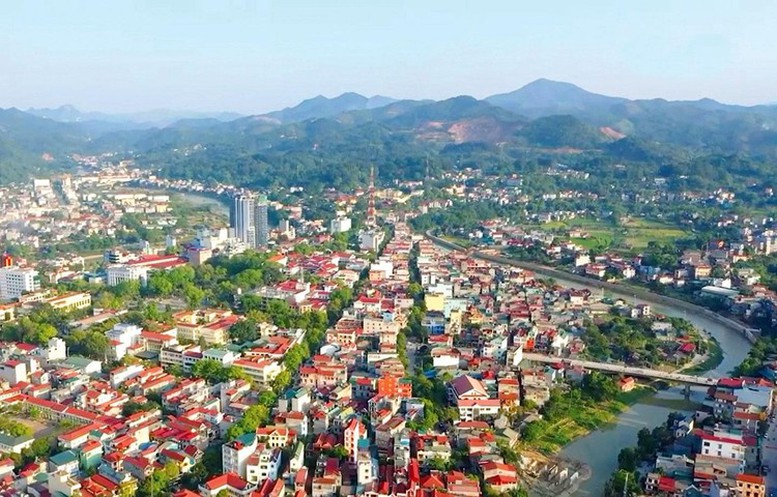
Cao Bang province has a natural area that does not meet the regulations but is not subject to merger.
In Decision No. 759/QD-TTg dated April 14, 2025 approving the Project on rearranging and reorganizing administrative units at all levels and building a 2-level local government organization model, the Government clearly stated the principles for rearranging administrative units (ADUs).
Accordingly, based on the study of the history of formation, development, and the process of arranging administrative units at all levels in Vietnam, the scientific basis of the elements constituting provincial-level administrative units and international experience, 6 criteria for arranging and merging provincial-level administrative units are proposed, including: Natural area; population size; criteria on history, tradition, culture, ethnicity; criteria on geo-economics; criteria on geopolitics; criteria on national defense and security.
Based on the 6 criteria and orientations of the Politburo and the Secretariat in Conclusion No. 127-KL/TW dated February 28, 2025, Conclusion No. 130-KL/TW dated March 14, 2025 and Conclusion No. 137-KL/TW dated March 28, 2025, the Government has carefully and multi-dimensionally researched with innovative thinking and strategic vision to develop a plan to arrange and merge provincial-level administrative units and submit it to the Politburo and the Central Executive Committee for approval with the following specific orientations:
There are a total of 52 provincial-level administrative units implementing the arrangement, including: 4 cities: Hai Phong, Ho Chi Minh City, Da Nang, Can Tho and 48 provinces: Ha Nam, Hung Yen, Vinh Phuc, Bac Ninh, Thai Binh, Hai Duong, Nam Dinh, Ninh Binh, Bac Kan, Thai Nguyen, Phu Tho, Bac Giang, Hoa Binh, Tuyen Quang, Lao Cai, Yen Bai, Ha Giang, Ninh Thuan, Quang Tri, Phu Yen, Quang Binh, Quang Ngai, Khanh Hoa, Dak Nong, Tay Ninh, Binh Duong, Binh Thuan, Binh Phuoc, Ba Ria - Vung Tau, Ben Tre, Bac Lieu, Vinh Long, Hau Giang, Tra Vinh, Tien Giang, Soc Trang, Dong Thap, An Giang, Long An, Ca Mau, Quang Nam, Binh Dinh, Dak Lak, Dong Nai, Gia Lai, Kon Tum, Lam Dong and Kien Giang.
Particularly for Cao Bang province, the natural area has not met the regulations (6,700.4 km2 only reaching 83.8% of the standard) but the arrangement has not been implemented.
The reason is because Cao Bang province has a very long national border with China, complex and rugged mountainous terrain, and nearly 95% of the population are ethnic minorities.
Furthermore, the provinces bordering Cao Bang are not suitable for arrangement and merger: The West borders Ha Giang province, which is planned to merge with Tuyen Quang province into a new province with a large natural area. The South borders Bac Kan province, but is planned to merge with Thai Nguyen province.
The East borders Lang Son province, which has a large area and has met 100% of both area and population standards. If Cao Bang and Lang Son provinces are merged, they will form a new province with a large border length, making it difficult to ensure national defense and security.
Previously, discussing the arrangement and merger of provinces, Mr. Phan Trung Tuan, Director of the Department of Local Government (Ministry of Home Affairs) said that each criterion is very important and is considered carefully and thoroughly.
"The ultimate goal of the administrative unit arrangement that we propose to the competent authorities is to create a driving force for the country's development in the long term," said Mr. Phan Trung Tuan.
The Department of Local Government believes that "expanding development space" is a very important criterion, but cannot be separated from geographical, cultural, security, defense, regional and inter-regional planning factors... as well as the requirement to build a streamlined, efficient, effective and efficient apparatus and build a government that is close to the people, serving the people better as directed by General Secretary To Lam.
Current reality shows that, along with strong development, many provinces and cities have very little room for development, especially in terms of land for production, business and investment attraction.
Typically, Da Nang City or Bac Ninh Province - localities that were once considered bright spots in attracting investment, now have gradually narrowed development space, with very little remaining land. Meanwhile, if it is possible to expand administrative boundaries, connecting with neighboring localities, new administrative units with larger scale and more abundant space will be formed, thereby creating new, strategic and long-term development space.
"The merger, therefore, is not just a simple adjustment of administrative boundaries, but also a sustainable development solution, opening up new space for planning, attracting investment and developing the economy and society in the future," Mr. Tuan stated his opinion.
According to Mr. Tuan, in addition to the merged localities, in the plan that the Ministry of Home Affairs consulted and submitted to competent authorities for consideration, there are proposals for some provinces that will not be merged or rearranged this time.
Mr. Tuan gave the example of Nghe An and Thanh Hoa provinces. In addition to the natural area and large population, these two provinces possess potential factors and internal advantages that are large enough and clear enough to develop the localities and create momentum for the whole region.
"Nghe An and Thanh Hoa provinces are both located in the North Central region. These two provinces can be likened to 'Vietnam in miniature' with complete mountains, plains, coastal areas, borders, airports, seaports, roads, highways...", Mr. Tuan analyzed.
Thu Giang
Source: https://baochinhphu.vn/vi-sao-cao-bang-co-dien-tich-chua-dat-lai-khong-thuoc-dien-sap-nhap-102250415092946282.htm


![[Photo] Ho Chi Minh City residents "stay up all night" waiting for the April 30th celebration](https://vphoto.vietnam.vn/thumb/1200x675/vietnam/resource/IMAGE/2025/4/30/560e44ae9dad47669cbc4415766deccf)
![[Photo] Hanoi is brightly decorated to celebrate the 50th anniversary of National Reunification Day](https://vphoto.vietnam.vn/thumb/1200x675/vietnam/resource/IMAGE/2025/4/29/ad75eff9e4e14ac2af4e6636843a6b53)
![[Photo] Demonstration aircraft and helicopters flying the Party flag and the national flag took off from Bien Hoa airport](https://vphoto.vietnam.vn/thumb/1200x675/vietnam/resource/IMAGE/2025/4/30/b3b28c18f9a7424f9e2b87b0ad581d05)
![[Photo] General Secretary attends special art program "Spring of Unification"](https://vphoto.vietnam.vn/thumb/1200x675/vietnam/resource/IMAGE/2025/4/29/e90c8902ae5c4958b79e26b20700a980)
![[Photo] Ho Chi Minh City: People are willing to stay up all night to watch the parade](https://vphoto.vietnam.vn/thumb/1200x675/vietnam/resource/IMAGE/2025/4/29/cf71fdfd4d814022ac35377a7f34dfd1)

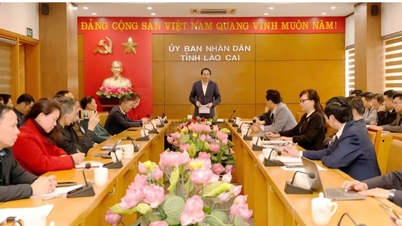



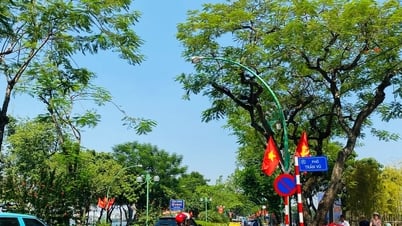










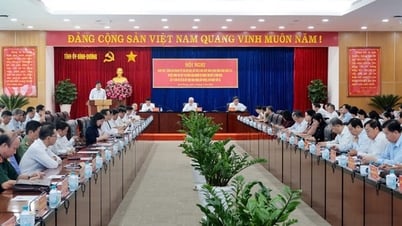
![[Photo] Prime Minister Pham Minh Chinh meets to prepare for negotiations with the United States](https://vphoto.vietnam.vn/thumb/1200x675/vietnam/resource/IMAGE/2025/4/29/76e3106b9a114f37a2905bc41df55f48)
![[Photo] Nghe An: Bustling atmosphere celebrating the 50th anniversary of Southern Liberation and National Reunification Day](https://vphoto.vietnam.vn/thumb/1200x675/vietnam/resource/IMAGE/2025/4/29/64f2981da7bb4b0eb1940aa64034e6a7)















































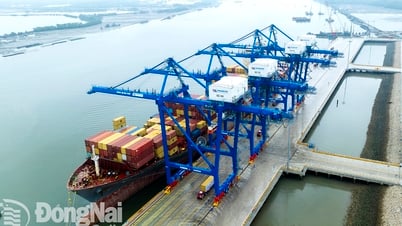




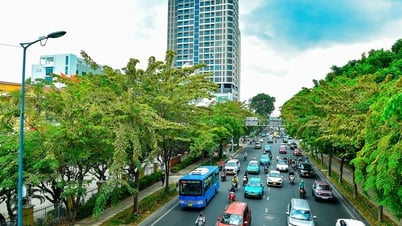

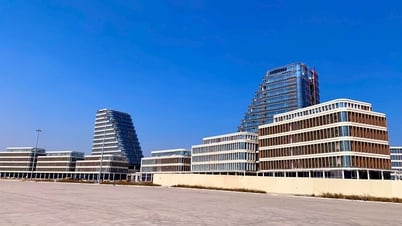











Comment (0)